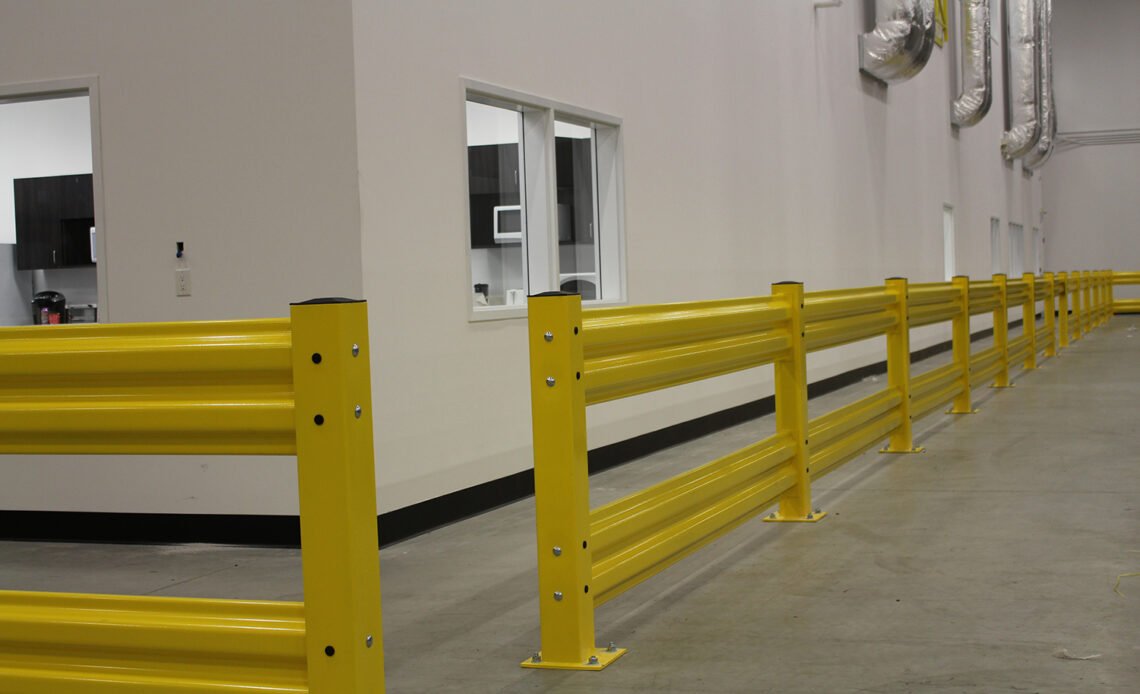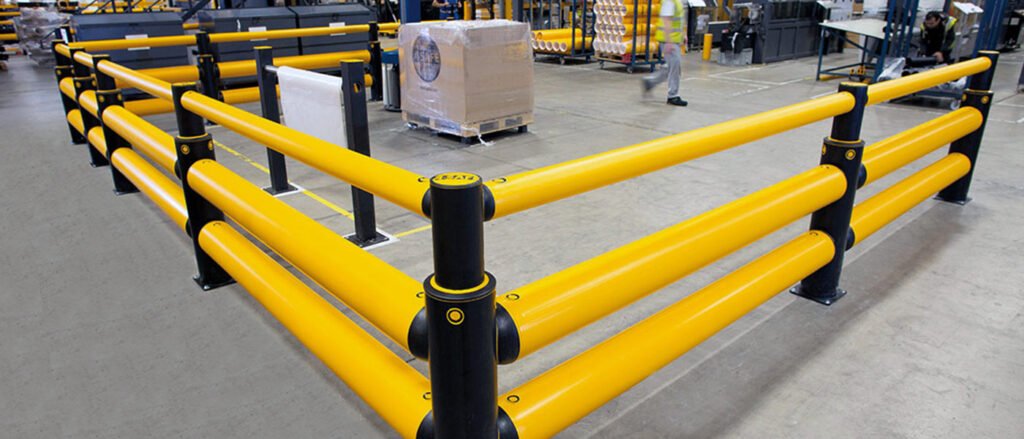
When we drive on highways or cross over bridges, we often take the safety measures in place to protect us for granted. One such measure that plays a crucial role in ensuring our safety is guardrails. These barriers, often called “guardrails,” are strategically placed along highways and bridges to prevent vehicles from veering off the road or falling off the bridge.
In this blog post, we will explore the importance of guardrails in ensuring safety on highways and bridges, the different types of guardrails, their installation process, benefits, maintenance and inspection, innovative technologies in guard rail design, and real-life case studies demonstrating their effectiveness.
The Purpose of Guardrails
The primary function of guardrails is to prevent vehicles from veering off the road or bridge, thereby reducing accidents and saving lives. Without guardrails, drivers would be at a higher risk of colliding with other vehicles, hitting obstacles, or falling off bridges. Guard rail act as a physical barrier that redirects a vehicle back onto the road or bridge, reducing the severity of accidents and minimising the potential for fatalities.
Types of Guardrails
There are several types of guardrails commonly used on highways and bridges, each with its unique features and applications. Highways often use concrete barriers to provide a strong and durable barrier that can withstand high-speed impacts. On the other hand, steel guardrails are flexible and can absorb the impact energy, reducing the severity of collisions. Cable barriers are another type of guardrail that uses high-tension cables to prevent vehicles from crossing over to the opposite lane or falling off the bridge. These different types of guardrails are strategically selected and installed based on the specific requirements of each location.
Installation Process
The installation process of guardrails involves several steps to ensure their proper placement and effectiveness. It starts with a site survey to evaluate the terrain, traffic patterns, and potential hazards. The next step is to prepare the site by clearing any obstacles and levelling the ground. The guardrails are installed once the site is ready, considering the appropriate height, spacing, and anchoring techniques. It is essential to adhere to specific regulations and standards governing guard rail installation to ensure the safety of drivers and pedestrians.

Benefits of Guardrails
Guardrails offer numerous benefits to both drivers and pedestrians. Firstly, they prevent serious accidents by containing vehicles within their designated lanes or preventing them from falling off bridges. This containment reduces the risk of head-on collisions or vehicles crashing into pedestrians or other structures. Secondly, guardrails provide drivers a psychological sense of security, enhancing overall road safety. Knowing that there is a physical barrier between them and potential dangers can help drivers feel more confident and focused on the road. Lastly, guardrails reduce the severity of collisions by absorbing the impact energy. The flexibility of certain types of guardrails, such as steel guardrails, allows them to absorb and dissipate energy, reducing the force of the impact on the vehicle and its occupants.
Maintenance and Inspection
Regular maintenance and inspection are crucial to ensure the effectiveness of guardrails. Maintenance practices include checking for damage, rust, or loose connections. Any issues found should be promptly addressed to maintain the integrity of the guardrails. Regular inspection helps identify potential problems before they become major safety concerns. By proactively maintaining and inspecting guardrails, their lifespan can be extended, saving resources and ensuring the safety of motorists.
Innovative Technologies in Guardrail Design
Advancements in guardrail technology have led to the development of innovative features to enhance safety further. One such advancement is the use of energy-absorbing systems in guardrails. These systems are designed to absorb and dissipate the energy generated during a collision, reducing the force exerted on the vehicle and its occupants. Improved visibility features, such as reflective paint or high-visibility markers, have also been incorporated into guardrails to enhance visibility during nighttime driving or adverse weather conditions. These innovative technologies continuously evolve to provide better protection and safety for motorists.
Conclusion:
Guardrails play a vital role in ensuring safety on highways and bridges. They prevent vehicles from veering off the road or falling off bridges, reducing accidents and saving lives. The different types of guardrails, such as concrete barriers, steel guardrails, and cable barriers, protect drivers in specific scenarios. The installation process follows particular regulations and standards to ensure proper safety measures are followed. By understanding and respecting the importance of guard rail, we can contribute to overall road safety and prevent accidents.
